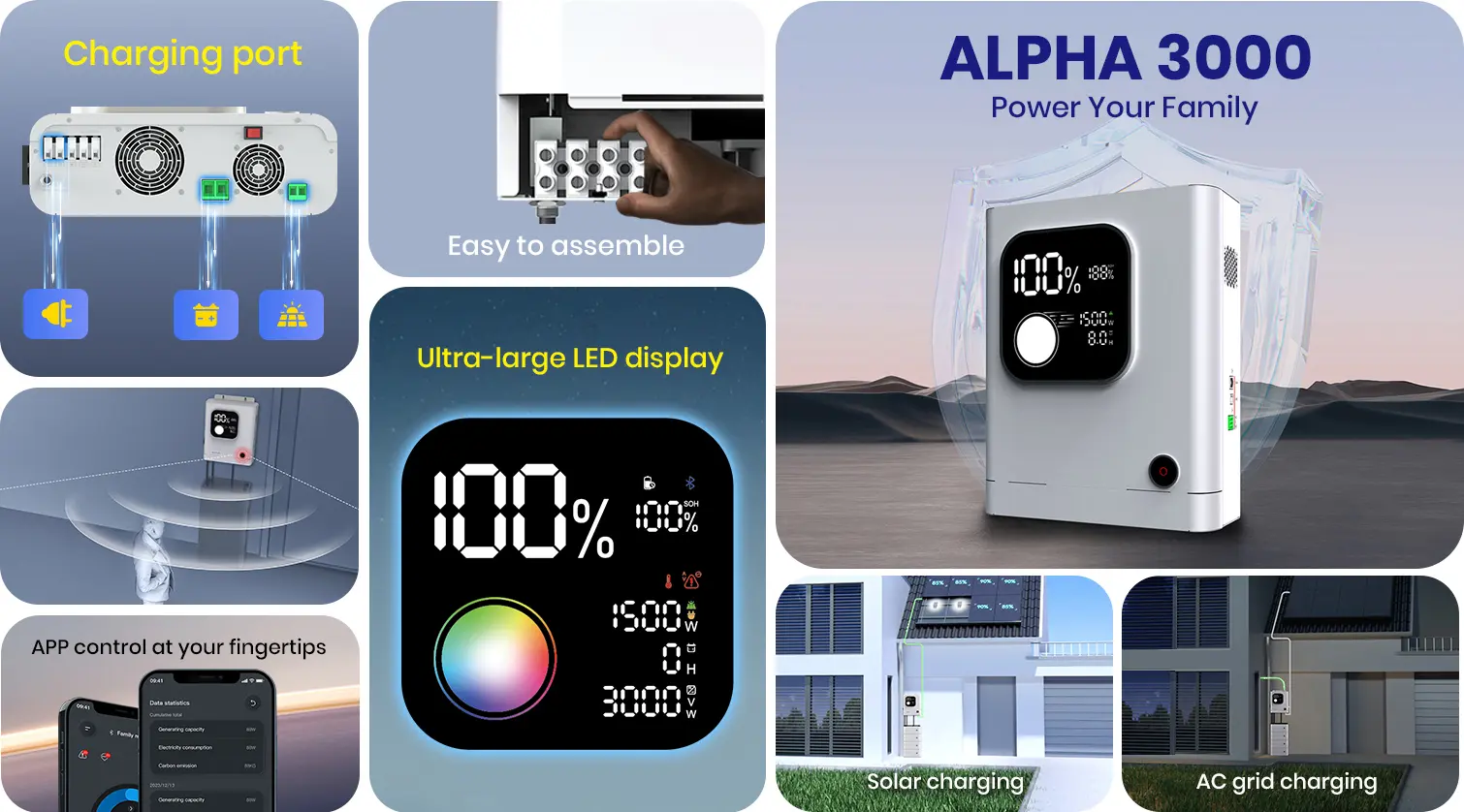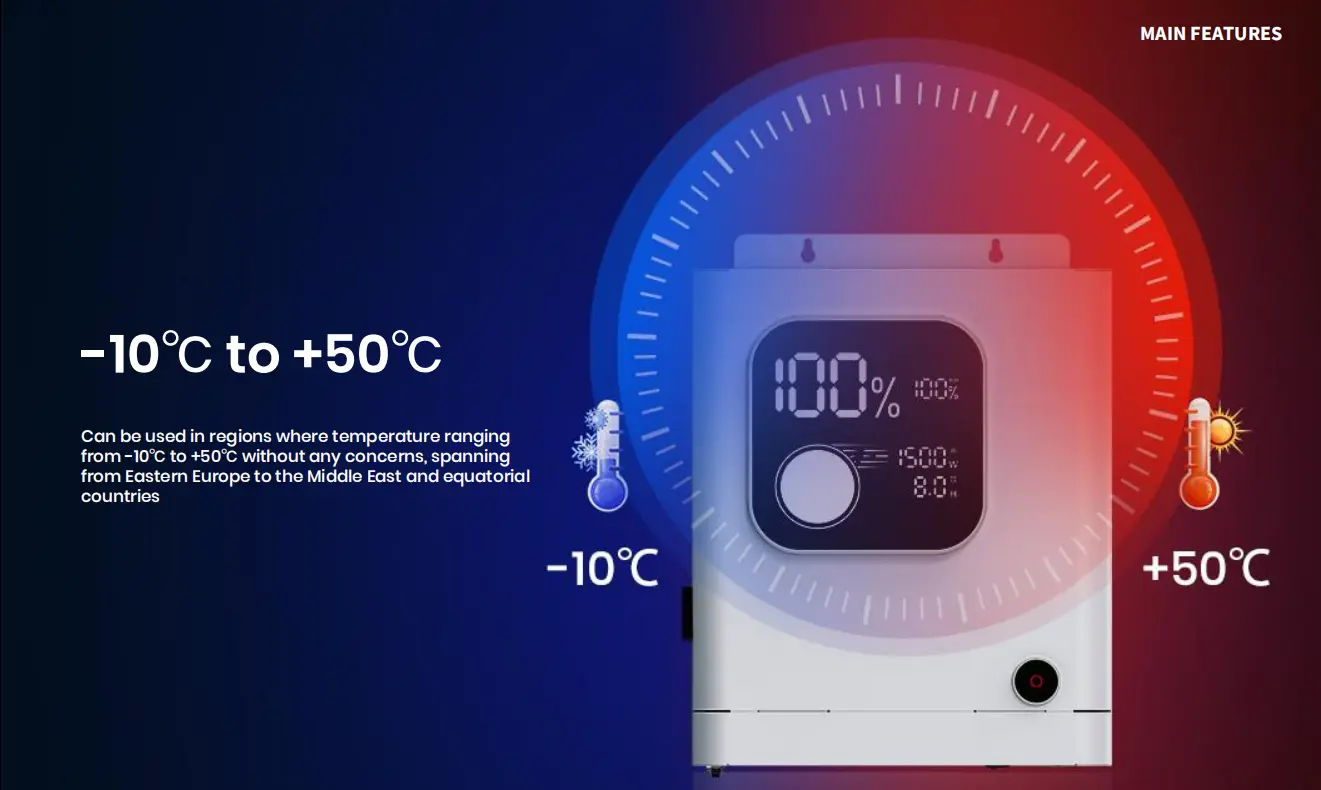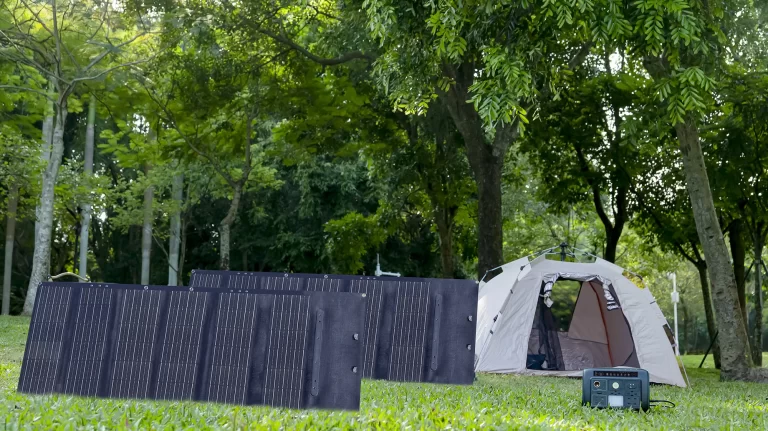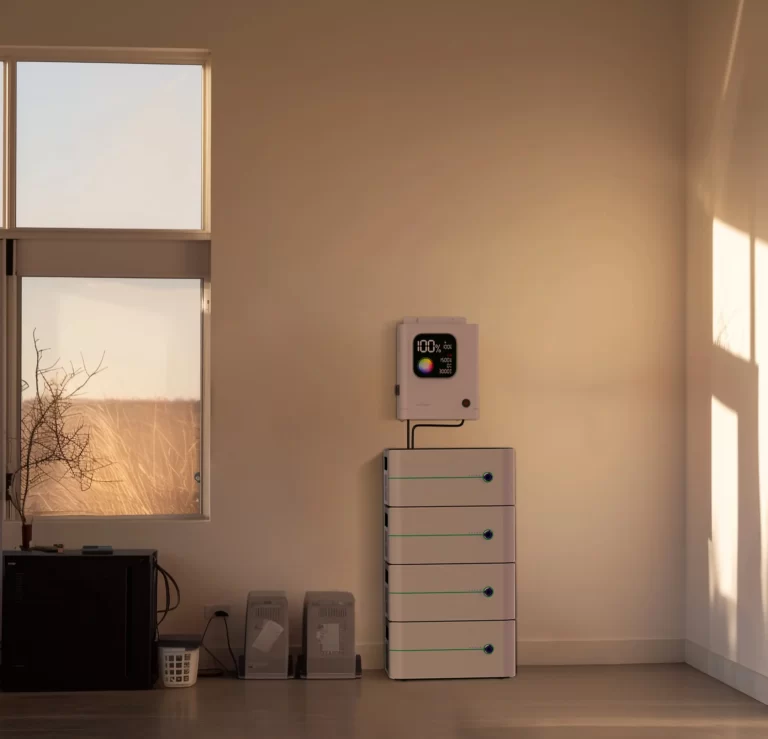In a home energy storage system, correctly selecting the working mode of the off-grid inverter is the key to ensuring efficient and stable operation of the system. Different working modes are suitable for different scenarios and needs, so we need to have a clear understanding of the various modes before choosing.

1. Photovoltaic priority mode
Working principle: In this mode, photovoltaics will give priority to powering the load. When the photovoltaic power is less than the load power, the energy storage battery and photovoltaics supply power to the load together. When there is no photovoltaic or the battery power is low, the inverter will automatically switch to the mains power supply if it detects that there is mains power.
Applicable scenarios: This mode is suitable for areas without or short of electricity, places where the price of commercial electricity is not very high, and places with frequent power outages. It should be noted that if there is no photovoltaic power but the battery power is still sufficient, the inverter will also switch to the mains power supply with load. The disadvantage is that it will cause a certain waste of power. The advantage is that if the mains power fails, the battery still has power, so it can Keep carrying the load. Users with high power requirements can choose this mode.
2. Grid priority power consumption mode
Working principle: In this mode, as long as the mains power is detected, the mains power will supply power to the load. Only after detecting a utility power failure does it switch to photovoltaics and batteries to power the load.
Applicable scenarios: Suitable for places where the mains voltage is stable, the price is cheap, but the power supply time is short. The advantage of this model is that there are relatively few photovoltaic modules that can be configured and the initial investment is low. The disadvantage is that photovoltaic energy is wasted relatively large and may not be utilized in many cases.
3. Battery priority mode
Working principle: In this mode, photovoltaics will give priority to powering the load. When the photovoltaic power is less than the load power, the energy storage battery and photovoltaics supply power to the load together. When there is no photovoltaic, the battery power supplies power to the load alone, and the inverter automatically switches to the main power supply.
Applicable scenarios:: Suitable for areas without electricity or power shortage, where the price of commercial electricity is high and power outages are frequent. When the battery power reaches a low value, the inverter will switch to the mains power with load. The advantage of this mode is that the photovoltaic utilization rate is very high, but the disadvantage is that it cannot completely guarantee the user’s electricity consumption. When the battery runs out of power and the mains power is cut off, there is no power.
Alpha3000 is a multi-functional solar off-grid inverter launched by SOTTLOT. This product has solar priority for full load charging. If the charging power is insufficient, it will be supplemented by mains power, achieving energy conservation and environmental protection. At the same time, it adopts pure sine wave output, which can meet the use of various types of loads. Equipped with a smart LED screen that can display working mode, charge and discharge power, voltage, remaining battery charge and discharge time, power, life, alarm reminder, etc.




